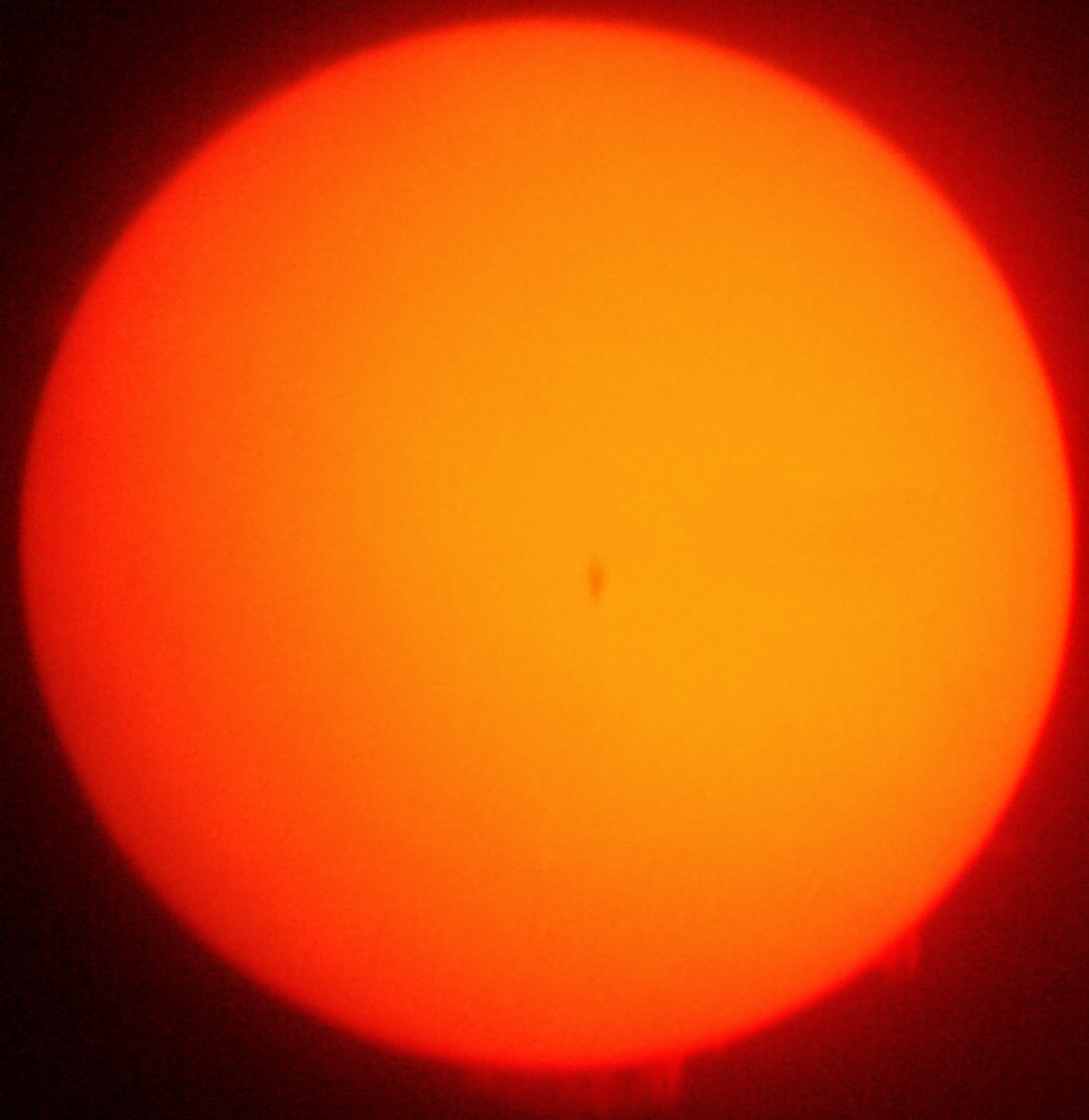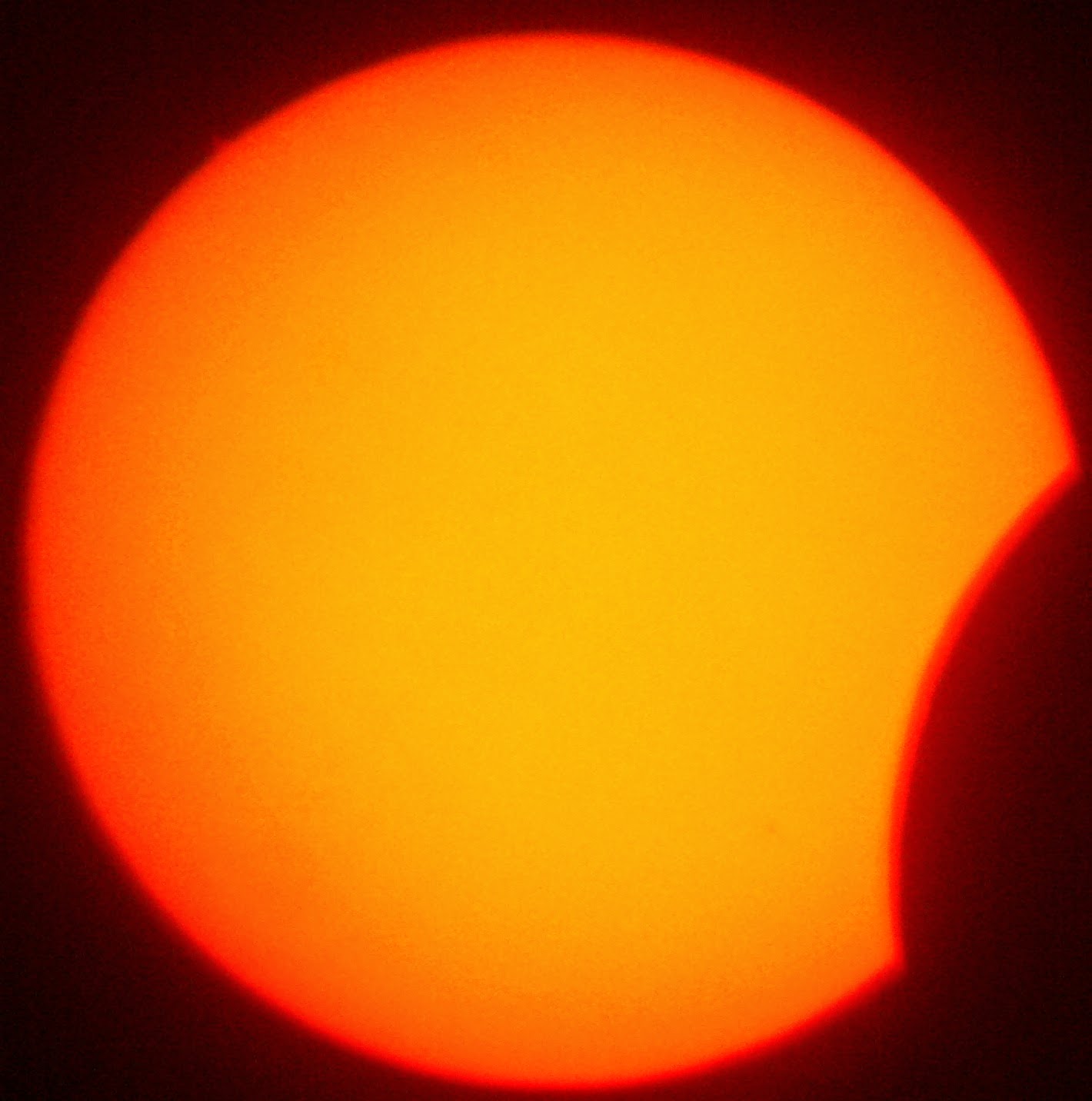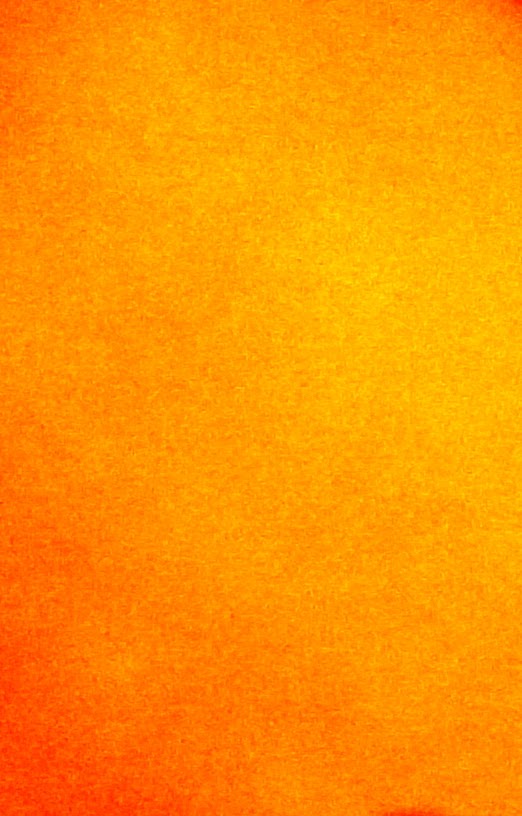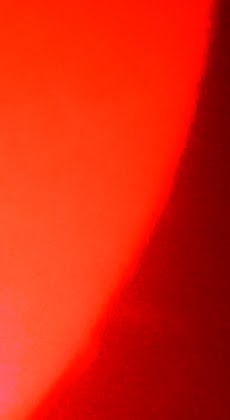OK, I've decided to include a few off-topic posts in my astronomy blog and I'm going to start with the upcoming general election. It is possibly the most critical general election in recent times and, yet, whoever wins will have to pick up the poisoned chalice.
First, let's be brutal: This country is in a mess. OK, the world is in a mess and many countries are in an even worse mess than we are. What is most frightening is that we will still be in a mess even when the next world economic boom comes round. Despite this, I'm actually proud to be English, British and European in that order, although I'm also loyal to Chile, my wife's country.
Now I'm making this post as objective as possible but will lay my cards on the table. For most of my life, my political leaning has been centre-right. I voted Liberal Democrat at the last election and will do so at this one for both similar and different reasons. Now I'm not trying to convert anyone to centre-right ideology. Vote according to your core beliefs and conscience. I will neither condemn nor criticise you for that. All I ever ask of anyone is to make an informed and careful decision on the day.
Electorates and history (worldwide!) are very kind to governments who preside over times of economic plenty or war victories but are harsh on ones who preside over times of hardship.
Over the next few weeks, I will be covering what I perceive as the key election issues and give as objective view I can on each party. Please feel free to comment but all comments should be constructive and respectful, just as I will try to do the same. Whilst some of my views are controversial, they are sincere and not done out of Hopkinesque sensationalism.
On the surface, I'm not well qualified to be a political commentator, at least in most peoples' eyes. I have not taken part in any political activities for nearly 40 years and do not socialise often, apart from online. This is partly through circumstances and partly through choice. What DOES qualify me is that I have done a lot of business travel and met real people in real situations instead of the sugar-coated versions of countries in holiday resorts. I have been to places where there is no national health service. If you don't have money or insurance, you die.
I will be posting comments on the major issues for the upcoming election and (hopefully) unbiased appraisals of the major and fringe parties.
Sunday, March 15, 2015
Sunday, March 1, 2015
March 2015
March 31st 2315 GMT
It cleared later on. I was originally intending to snap the Moon after the Italy v England game but there was light rain, as the game finished.My attempts at afocal photography were very poor, with lots of over-exposure. Fortunately, I had a Plan B, as I had at least tried to clean my DSLR earlier in the day. My so called "quick shoot" turned out to be 111 frames at ISO 400 and 1/2000 second exposure. I stacked them in Microsoft ICE then compensated for a little under-exposure in GIMP.
I was back in business!
March 31st 1050 GMT
I had a clear spell in between clouds, so did a hydrogen alpha view and shoot of the Sun. Most of the activity was n the area of the sunspot but there was a nice prominence display on the other side of the solar disc.
March 31st 0735 GMT
There was quite a lot of moving cloud but I managed to see the sunspot from the day before.March 30th 0750 GMT
A solar bin scan showed that the sunspot group appeared as a single large spot and was close to rotating out of view.
March 29th
I reprocessed a solar hydrogen alpha image from November 15th 2010.
March 28th
I reprocessed another solar hydrogen alpha image from November 10th 2010.
March 27th
I reprocessed a solar hydrogen alpha image from November 10th 2010.March 26th 1830 GMT
There was a lot of moving cloud about but I decided to take some moon shots anyway. The view through the telescope was quite amazing. I took about 50 frames but only 6 stacked. I did not catch the whole lunar disc.March 26th 1520 GMT
The sky had cleared and I was able to take some photos with my PST. There was a lot of activity surrounding the sunspots and some prominences at the 9 o'clock position.
March 26th 0840 GMT
I bin scanned the Sun under clear conditions and saw that the sunspot I had seen two days previously had apparently split into two.
March 25th
Due to a busy day, I missed the solar and lunar action, with it turning very cloudy by late evening. Instead, I reprocessed a solar hydrogen alpha photo from November 10th 2010.
March 24th 2100 GMT
The sky had cleared and I could see the Moon. As I had an early start the next day, just took some full disc frames.
March 24th 0905 GMT
I bin scanned the Sun with moving cloud. The sunspot I had seen during the eclipse had disappeared but might still have been visible under better conditions.
March 23rd
I reprocessed a solar hydrogen alpha shot from March 8th 2010.
March 22nd 1910 GMT
Venus and the Moon were close together. I took some widefield shots of both and close-ups of Venus. For the Moon I took close-ups and full disc shots.The first set of shots was from the widefield compact digital camera and feature the Moon. Each shots was composed from a minimum of 4 frames. I was back to afocal projection, having had problems with cleaning my DSLR.
The Venus shot was composed from a single frame.
I was not able to get anything useful from some further close-up lunar frames.
March 22nd 1415 GMT
I went out with 2 cameras to snap the Sun with my PST. It looked quite active, with some large filaments. I took some full-disc shots plus close-ups.
March 22nd 1255 GMT
I bin scanned the Sun and saw the same sunspot as the day before.March 21st 0950 GMT
I bin scanned the Sun through moving cloud. I found the sunspot I had seen during the eclipse but did not capture "on film".
March 20th 0830 GMT and after
It was completely cloudy over Wiltshire. I started following
the eclipse on social media. At 0900 GMT, live coverage of the eclipse started
on BBC 1. I tuned in and continued to
follow social media. Many people were clouded out. Just before 0930 GMT, I saw
a shaft of light. Yes, it was the Sun and quite obviously near the time of
maximum eclipse. I started off by trying to snap it with a compact digital
camera. The results weren’t great but I caught a nice solar crescent. I tried
combining the two images but was simply unable to do it. I did manage to
process a single frame.
I took some images with my Maksutov and DSLR but, on later
inspecting the images, found a lot of dirt. The Sun is very unforgiving in this
way. Yes, I DID attempt to clean the camera beforehand. I stacked four frames
using Microsoft ICE then used GIMP to remove the filth off the camera.
Around the same time I stacked 5 images obtained from a
compact digital camera and optical zoom. After this shot, it became too bright
to use this method.
I stacked 9 shots to get this image but no amount of
stacking, restacking and processing was able to get rid of the hair.
It was around 1000 GMT that it finally cleared enough for
hydrogen alpha photography. Unfortunately, there wasn’t much hydrogen alpha
activity. This was processed in GIMP from a single frame.
I was unable to get anything more useful from the Maksutov/DSLR
set-up. Solar white light photography isn’t too forgiving of dirty optics.
Fortunately, the final moments before last contact at about 1038 GMT were
caught by my PST using afocal projection.
Perhaps I would have done better in white light using afocal
projection and a compact digital camera but it got quite hectic between maximum
eclipse and last contact. I did notice some darkening of the sky but much less
than what many people believed. It may also have been due to cloud.
March 19th
I reprocessed a solar hydrogen alpha photo from March 2nd 2010.
March 18th 1600 GMT
I really should have photographed the Sun in hydrogen light earlier. A combination of cloud and extinction made the image very faint. I did see some signs of prominences when I had a quick peek at the images.
March 18th 1125 GMT
I bin scanned the Sun in reasonable conditions. The sunspot group has not quite gone yet.
March 17th 1150 GMT
Finally, some clear weather! However, there was still some thin cloud around. The sunspot group was visible as a single sunspot to my binoculars and was about to rotate off.March 15th
I reprocessed a solar hydrogen alpha photo from March 2nd 2010.March 14th
I bin scanned the Sun. There was a lot of moving cloud about but I managed to see the sunspots I'd seen recently, although it is possible that I could have missed some fainter ones.March 13th
I reprocessed a solar hydrogen alpha image from March 2nd 2010.March 12th
I reprocessed a solar hydrogen alpha image from January 24th 2010.March 11th 0955 GMT
There was a lot of haze and moving cloud but I bin scanned the Sun in the expectation that it would not be possible to do so later in the day. I could see the sunspot pattern, although not as clearly as I would like and it appeared different to the day before.
March 10th 1550 GMT
It had cleared enough to try the Sun in hydrogen alpha light with my PST. The stand-out feature was some activity surrounding the sunspot pair.
March 10th 1415 GMT
Conditions cleared somewhat but there was still haze around. I was able to see both sunspots in my bin scan.March 10th
I reprocessed a solar hydrogen alpha shot from February 14th 2010.
March 10th 0925 GMT
I bin scanned the Sun in hazy conditions but did not see the sunspot from the day before. Reports from observers who have observed under better conditions suggest it is showing as two separate sunspots.March 9th
I reprocessed a solar hydrogen alpha shot from February 14th 2010.March 8th 2050 GMT
I took a few 30 second exposures of the zenith at 18mm and ISO 800. I was trying out my new camera tripod. I caught Auriga but it wasn't the greatest of results.
March 8th 1600 GMT
The Sun appeared much quieter in hydrogen alpha light but that may have been partly due to low elevation. I took some full disc shots and some regional shots but no close-ups that were very close. I caught some prominences and filaments on camera.
March 8th 1550 GMT
It cleared after a cloudy morning and I saw a single sunspot that had just rotated on.
March 7th 2200 GMT
There was quite a lot of thin cloud about. The Moon was low and I took a series of frames at an exposure of 1/250 second. Unfortunately, my camera sensor cleaning had done more harm than good and stacking 104 frames did nothing to improve matters.
I tried the same exposure on Jupiter then ISO 3200 and exposures of one and two seconds to try and capture a moon or three.
The Jupiter disc shots did not work, hardly surprising having only had one good result with this method. Unfortunately, neither did the moon shots. I detected the moons but the results were just far too blurred.
The Jupiter disc shots did not work, hardly surprising having only had one good result with this method. Unfortunately, neither did the moon shots. I detected the moons but the results were just far too blurred.
I then tried the same set-up on Castor then Alcor/Mizar.
The Castor shot shows two stars but the space between the two stars is unresolved. So far, the best shot has been with a webcam.
Splitting Alcor and Mizar wasn't difficult but I was disappointed not to split Mizar.
March 7th 1215 GMT
I checked the Sun with my PST. There were prominences and filaments galore. There was also some new activity rotating on that could suggest possible future sunspots. I took full disc and close-up shots with 2 cameras.
March 7th 1200 GMT
I bin scanned the Sun in clear conditions but didn't see any sunspots. The Big Bear images did not show any either.
March 6th 2315 GMT
Conditions were quite poor and it was only just clear enough to try lunar photography. I used my 127 Mak and DSLR but found that an exposure of 1/250 second was too fast, so I took a few frames at 1/100 second exposure. Unfortunately, I had a stark reminder to clean my optics.
March 6th 1400 GMT
I went out with my PST, as it had cleared. I saw some prominences and some surface features. I took some full disc shots and close-ups.
March 6th 1130 GMT
Despite the reports of M-class solar flares, a bin scan of the Sun did not reveal any sunspots. This was not a major surprise, as the Big Bear images did not show any either.
March 5th
I reprocessed some solar hydrogen alpha images from February 10th 2010.March 4th 2100 GMT
Conditions were fairly clear. I took 152 full disc lunar frames with the same set-up as the day before. Unfortunately, somehow there was a hair on the sensor and it ruined what would otherwise been a near-perfect shot.
March 4th 1645 GMT
The sky was clear and the Sun was low. I checked it with my PST and saw a rather bland disc and took some full disc frames only.
March 4th 1040 GMT
I bin scanned the Sun but didn't see any sunspots.
March 4th 0500 GMT
I took a quick few frames of Jupiter with the Moon.
March 3rd 2040 GMT
Conditions were poor but I managed a few lunar shots in between the clouds. I decreased the exposure to 1/250 second to allow for the larger phase and greater brightness. I stacked all 107 images in Microsoft ICE, including the underexposed ones and finished off in GIMP.
March 3rd
I reprocessed a solar hydrogen alpha image from June 12th 2010.
March 3rd 0935 GMT
I checked the Sun with my PST. There was a lot of moving cloud but I was able to see the whole disc by parts in a few minutes. I did not spot a single feature, although it is possible that some may have been visible with a larger instrument under better conditions.
March 3rd 0835 GMT
I bin scanned the Sun in clearish conditions but did not see any sunspots.
March 2nd 2120 GMT
I took some photos of Jupiter with the Moon with my compact digital camera, experimenting with several settings. I 'd had a long day, so decided to give the Moon shots with the telescope a miss.March 2nd 0955 GMT
I bin scanned the Sun and, as the day before, saw a s ingle sunspot. Usually, this would merit no additional comment but the sunspots from March 1st and March 2nd were in totally different positions. Checking the GONG project images, it is likely that the sunspot from March 1st had faded and the March 2nd sunspot was a new one. It shows just how amazing and unpredictable our nearest and dearest star really is!March 2nd
I reprocessed a solar hydrogen alpha shot from August 31st 2010.March 1st 1830 GMT
There was a lot of moving cloud around and it wasn't until the last few photos that I had anything usable at all. I stacked the best 53 images out of 95. It was much better than my early morning efforts.March 1st 1200 GMT
I bin scanned the Sun through moving cloud and saw a single sunspot.
March 1st 0135 GMT
It finally cleared. I took the lazy approach of snapping the Moon from indoors but took a few frames before it clouded again. I took 43 frames and most were very poor quality due to moving cloud. I processed one frame and it just showed the maria and will not feature in any of my books or "best of" collections.
Subscribe to:
Posts (Atom)





























































































































